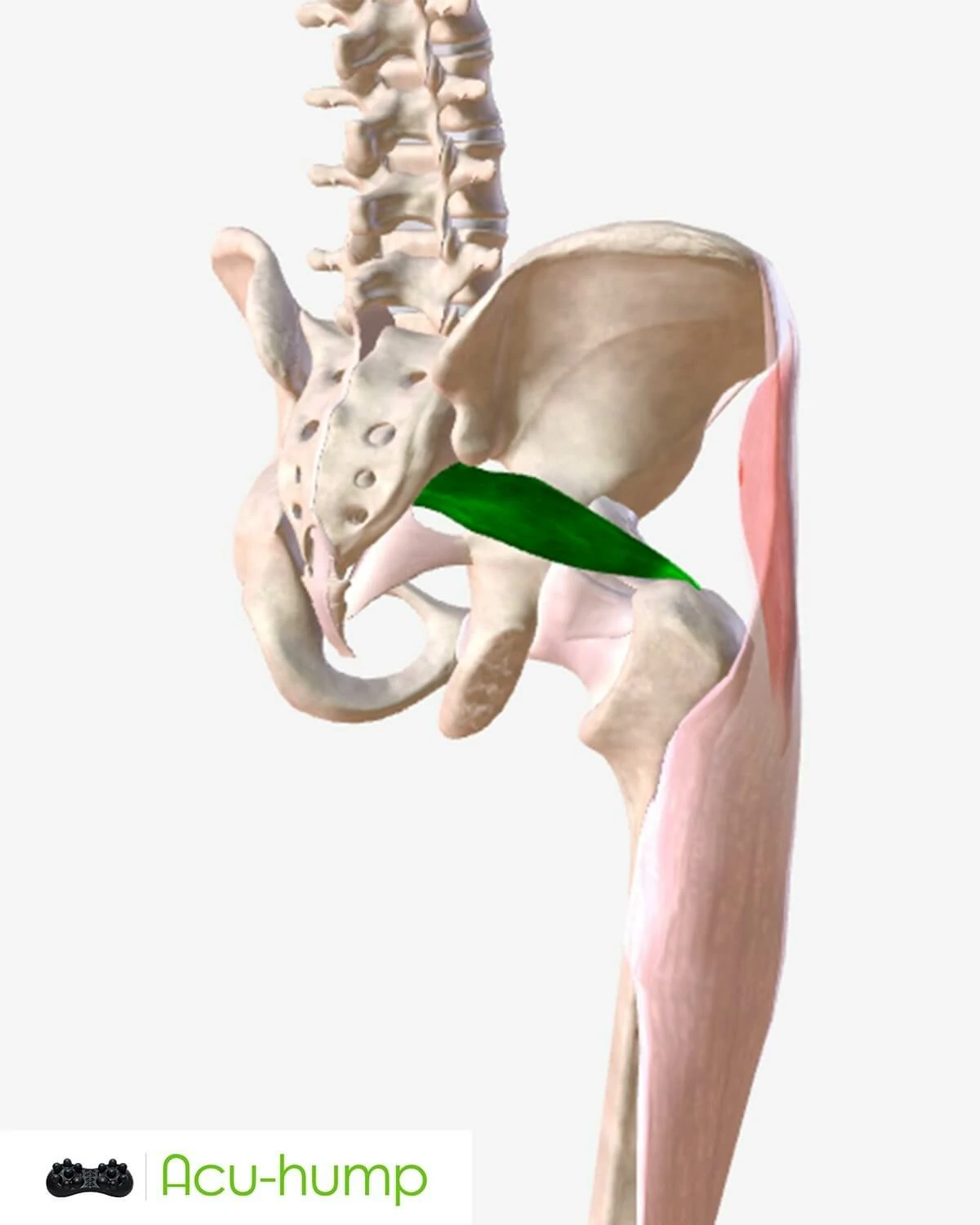Piriformis syndrome is a condition characterized by symptoms such as buttock pain, sciatica, and leg discomfort. While the focus has primarily been on the lower extremities, there is growing evidence suggesting a potential connection between piriformis syndrome and pelvic pain. Understanding this relationship is crucial for accurate diagnosis and effective management of pelvic pain.
Piriformis Syndrome and Pelvic Pain
Piriformis syndrome is a condition caused by the compression or irritation of the sciatic nerve due to the tightness or inflammation of the piriformis muscle. Commonly experienced as lower back, buttock, and leg pain, it’s crucial to understand the potential link between piriformis muscle dysfunction and pelvic pain.
The intricate anatomical connections between the piriformis muscle and the pelvic region make this relationship plausible, emphasizing the significance of knowledge piriformis action for comprehensive pain management.

Examining the Interconnections between the Piriformis and Pelvic Muscles
The piriformis muscle resides in close proximity to various muscles in the pelvic region, including the pelvic floor muscles. Dysfunction or tension in the piriformis muscle can disrupt the balance and functioning of the surrounding muscles. Consequently, this disruption can potentially lead to pelvic pain. The complex interplay between the piriformis muscle and the pelvic floor muscles contributes to the intricate nature of pelvic pain involving the piriformis muscle.
Differential Diagnosis and Treatment Considerations
Distinguishing piriformis syndrome from other causes of pelvic pain is critical to ensure accurate diagnosis and appropriate treatment. Healthcare professionals employ various diagnostic methods, such as physical examination, imaging studies, and nerve conduction tests, to assess the role of the piriformis muscle in pelvic pain. Once diagnosed, treatment options may include stretching exercises, physical therapy modalities, and interventions targeting the piriformis muscle. These approaches aim to relieve muscle tension, reduce pressure on the sciatic nerve, and ultimately alleviate pelvic pain.
Collaborative and Multimodal Approaches for Pelvic Pain
Addressing piriformis-related pelvic pain requires a collaborative approach involving healthcare professionals from multiple disciplines, including pelvic floor physical therapists, pain specialists, and gynecologists. Integrating treatments that target both the piriformis muscle and the pelvic floor muscles can lead to more comprehensive management of pelvic pain. Patient education, self-care strategies, and holistic approaches are also vital components in empowering individuals to actively participate in their pain management and overall well-being.
Recognizing the potential connection between piriformis syndrome and pelvic pain is crucial for accurate diagnosis and effective management. The interplay between the piriformis muscle and the pelvic region warrants further research to better understand this complex relationship and optimize diagnostic and treatment approaches. Implementing a collaborative and multimodal approach can help individuals find relief from piriformis-related pelvic pain, improve their quality of life, and promote long-term well-being.

Acu-hump®
Release Butt & Lower Back
